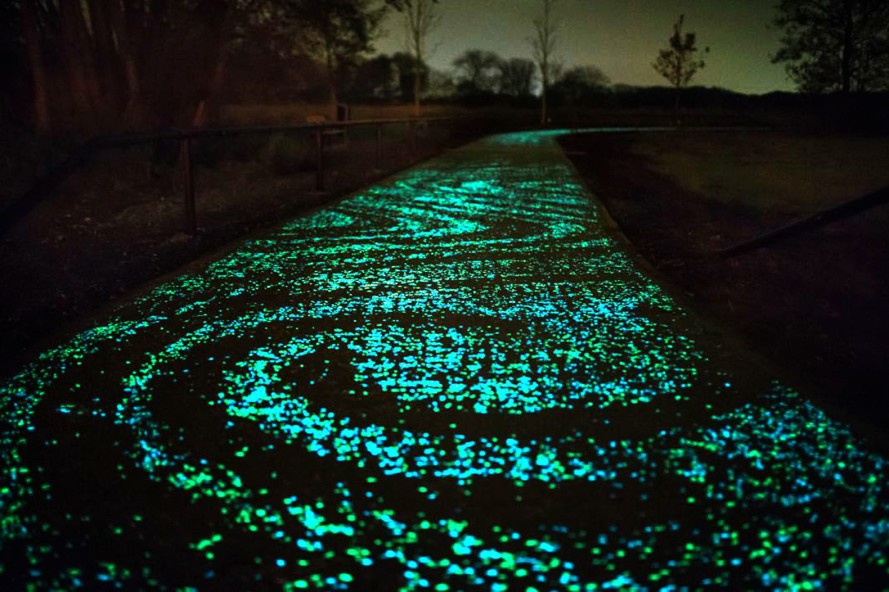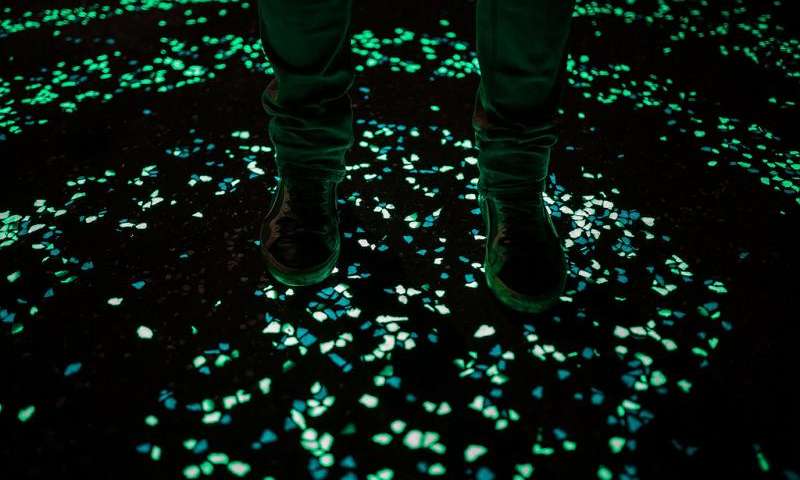Ph.D. José Carlos Rubio and a team of scientists from Michoacan’s University of San Nicolás de Hidalgo in Mexico designed a new type of phosphorescent cement that could be used to light up highways and roads at night without using electricity.

The team took raw materials used in the cement, altered the fine structure, put in additives, and modified the optical properties to make it phosphorescent. Rubio, who has been researching the cement for nine years, discovered that the first problem to tackle was the fact that the cement is opaque.
When digging into the cement-making process, he realized that one way to begin is by mixing dust and water. As it starts to gel, crystal flakes form. As the flakes are an unnecessary byproduct, Rubio discovered a method to change the microstructure of cement so they wouldn’t be present. The non-crystalline structure, similar to glass, allows the passage of light inside. As a result, the cement without the crystals can absorb solar energy and emit it as light.
Rubio states the new product could last for 100 years and provide green or blue light for up to 12 hours, even if it’s cloudy. The intensity of the light emitted can be changed, ensuring it doesn’t hurt the eyes of night drivers or cyclists.

The cement process not only saves power, but also is environmentally friendly as the only thing released during manufacturing is water vapor. Currently, the research is in its transfer and commercialization stage.
Advertisement
Learn more about Electronic Products Magazine





